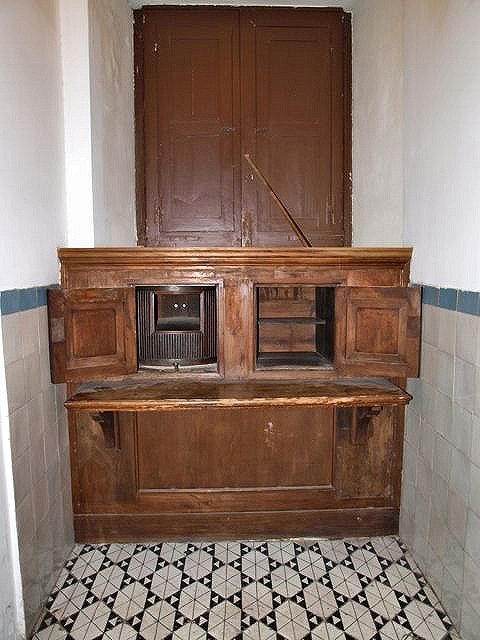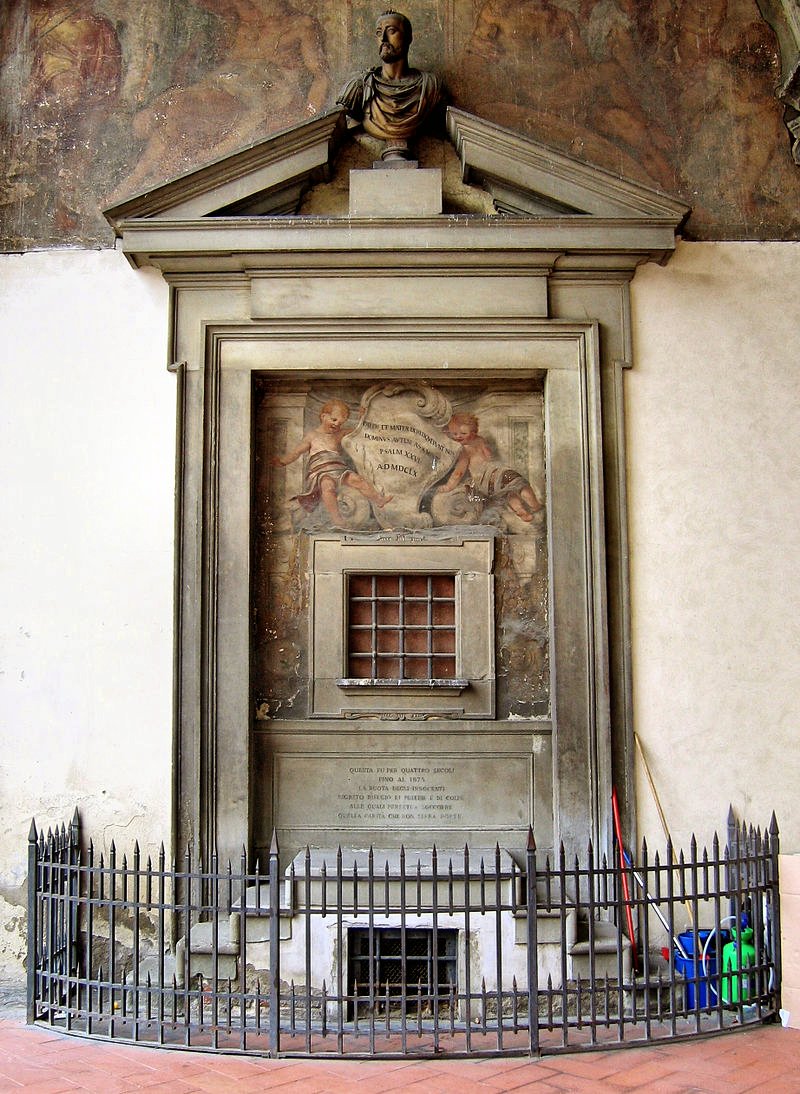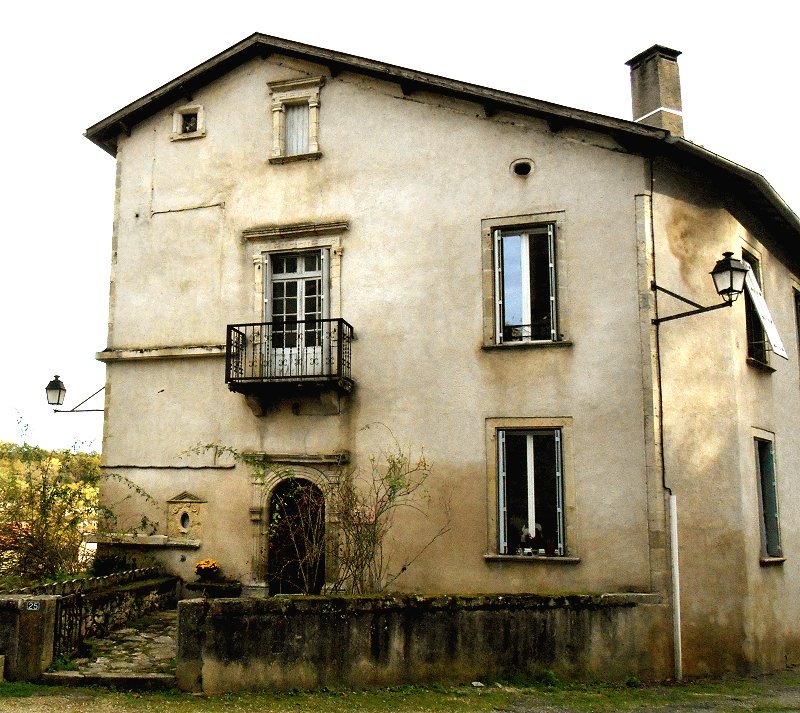|
(Tarn-et-Garonne, Occitania, France)
In 1198, the zealous and reforming pope Innocent III decreed the establishment of church-sponsored foundling homes or orphanages designed to receive the unwanted newborn offspring of 'fallen' (usually raped) and impoverished women anonymously, and offer some hope of their survival. In the simplest cases, abandoned babies (trovatelli or foundlings) were often left 'exposed' on the steps of a church, presbytery, or convent, so they could easily be found and delivered to the Church's maybe not-so-tender care. Infant exposure has ben widely practised for millennia, often in special places, - for example, on a flat-topped rock outside a town, or under a special tree or bush.. In late mediæval times unwanted babies were thrown in rivers (notably the Tiber) or secreted in rubbish-heaps, or sold to childless couples, or more often sold as future servant labour or prostitutes, as (some centuries later) unwanted children were sold or delivered to Canada, the USA and Australia. Niches or little platforms were provided, but different methods evolved to safeguard both the health of the newborn baby and to make the deposit quick and efficient. These "drop-off points" included the 'foundling wheel' (torna-ruota, or ruota degli esposti in Italian) set in a baby-hatch. This could be a horizontal wooden and hollow cylinder with a small door on one side, installed so that half remained inside the building and half outside on the road, on the same principle of the revolving plates for depositing and receiving money etc. in banks, etc. A woman (usually a nun or novice) on the inside, alerted by a baby's cries or the ringing of a bell, would turn the wheel, thus bringing the baby inside while the mother - or other person if, for example, the mother had died from complications of childbirth - could slip or stumble away without being seen. Gioacchino
Toma, 'La guardia alla ruota dei trovatelli', or 'The Watcher
at the Baby-hatch', 1877.
The child became the property of the orphanage or foundlings' hospital. From then on their lives were 'in the service of God' - i.e. the Church - and we now know how grim that might have been, especially for girls.
A more basic - even severe - example at Montedoro, Sicily.
The Ruota degli Esposti at the Ospedale della Santissima Annunziata in Naples.
The
Ruota of the Orphanage (Spedale degli Innocenti), Florence,
1660
The scroll above the hatch, held by happy foundlings, has a reference to Psalm 26 and the date: 1660.
Since the constitutional, universal right to abortion has been abolished in the USA, the practice of infant deposit has resumed there. Safe Haven laws allow a mother to give up her new-born baby for adoption, at a designated site, anonymously and without risk of prosecution. Safe Haven legislation first appeared in the US in 1999 in Texas, in response to a rise in the number of abandoned babies. Now it exists in every state. These laws were never intended as an alternative to abortion. But as the options for unhappily pregnant women diminish, some are anticipating an increase in the number of babies left by desperate mothers in hospitals and specially designed Baby Boxes at local fire stations. Niche pour recueillir les enfants abandonnés, Caylus. Francis Cahuzac En 1198 le pape Innocent III déclare que les orphelinats doivent installer des "ruote per i trovatelli" (boîtes à bébé ou tours d’abandon) où les femmes peuvent laisser les enfants dans l’anonymat tout en améliorant les chances de survie des enfants. Les premières boîtes à bébé sont nées et se répandent dans toute l’Europe. Cette pratique consiste à déposer le bébé sur un dispositif placé sur la façade de l’hospice et fonctionne comme un guichet tournant. L’enfant est recueilli de l’autre côté par les responsables de l’hospice qui l’hébergent et le nourrissent. Datant des XVe ou XVIe siècles, cette petite niche ovale, bien ouvragée et que le temps a quelque peu malmené, était destinée à recueillir les nouveaux-nés que leur mère abandonnait. En ces temps là, l'église récupérait ces enfants qui étaient destinés, dans la plupart des cas, à vivre dans un monastère et servir l'église leur vie durant. Ce type d'ouvrage est connu également en façade de l'ancien Hôtel-Dieu, l'église Saint-Nicolas de Troyes en Champagne. La forme de l'ouverture n'est pas sans rappeler celle par lequel est sorti le petit être peu de temps auparavant, symbolisant ainsi une nouvelle naissance.
Modern baby-hatch in Berlin.
The house was for
a time the residence of the sculptor Yosip Zadkine, one of whose
best sculptures
For more of my pictures of Caylus see here.
The Romanesque remains of Saint-Antonin-Noble-Val, 12 km away, |
see also:
https://en.wikipedia.org/wiki/Gioacchino_Toma (in Italian)
http://gerval2.free.fr/nicheaenfants82caylus.htm (in French)
https://calogeromessana.wordpress.com/2015/04/30/letture-al-passato-i-bambini-della-ruota/
http://himetop.wikidot.com/ruota-degli-esposti (in English)
For modern versions in various countries, see : https://en.wikipedia.org/wiki/Baby_hatch
Though it is without a baby-hatch, Irish readers might be interested in reading the history of the Dublin Foundlings Hospital.



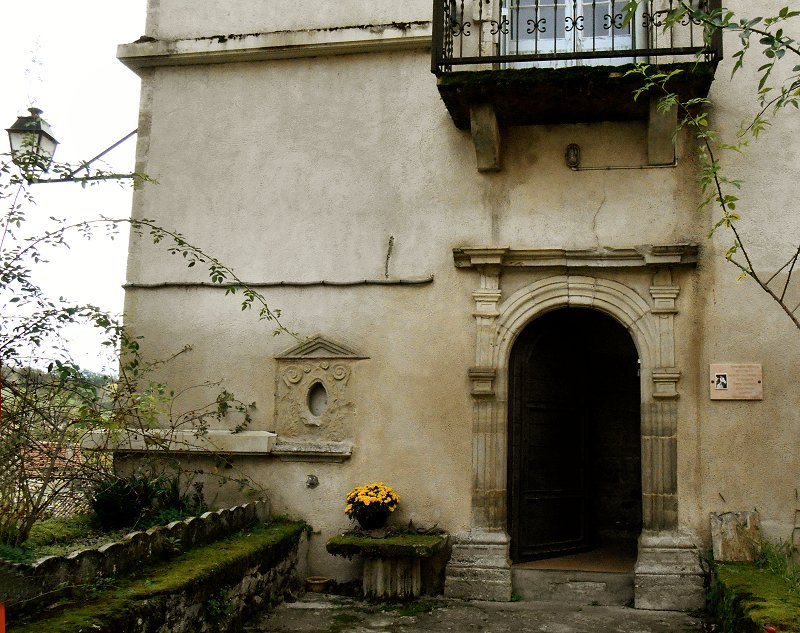
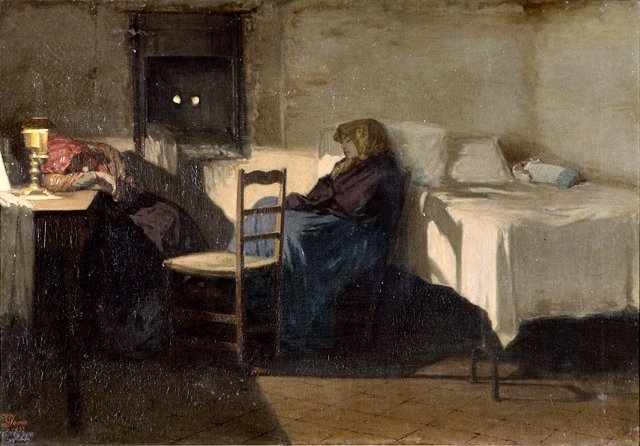
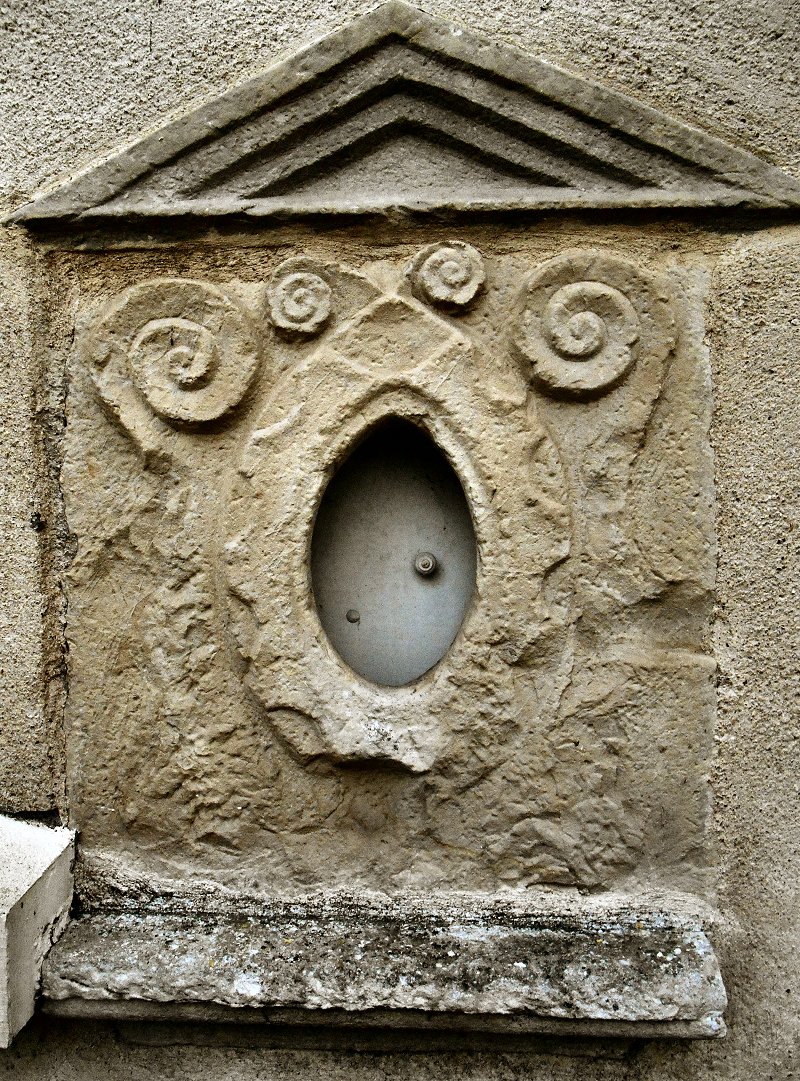
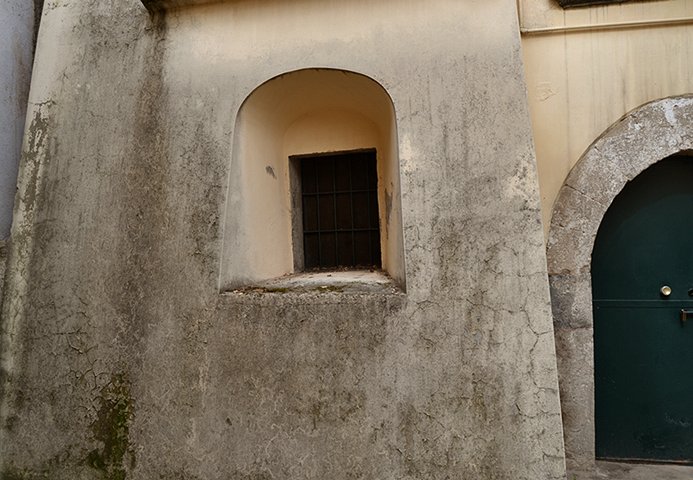 .
.